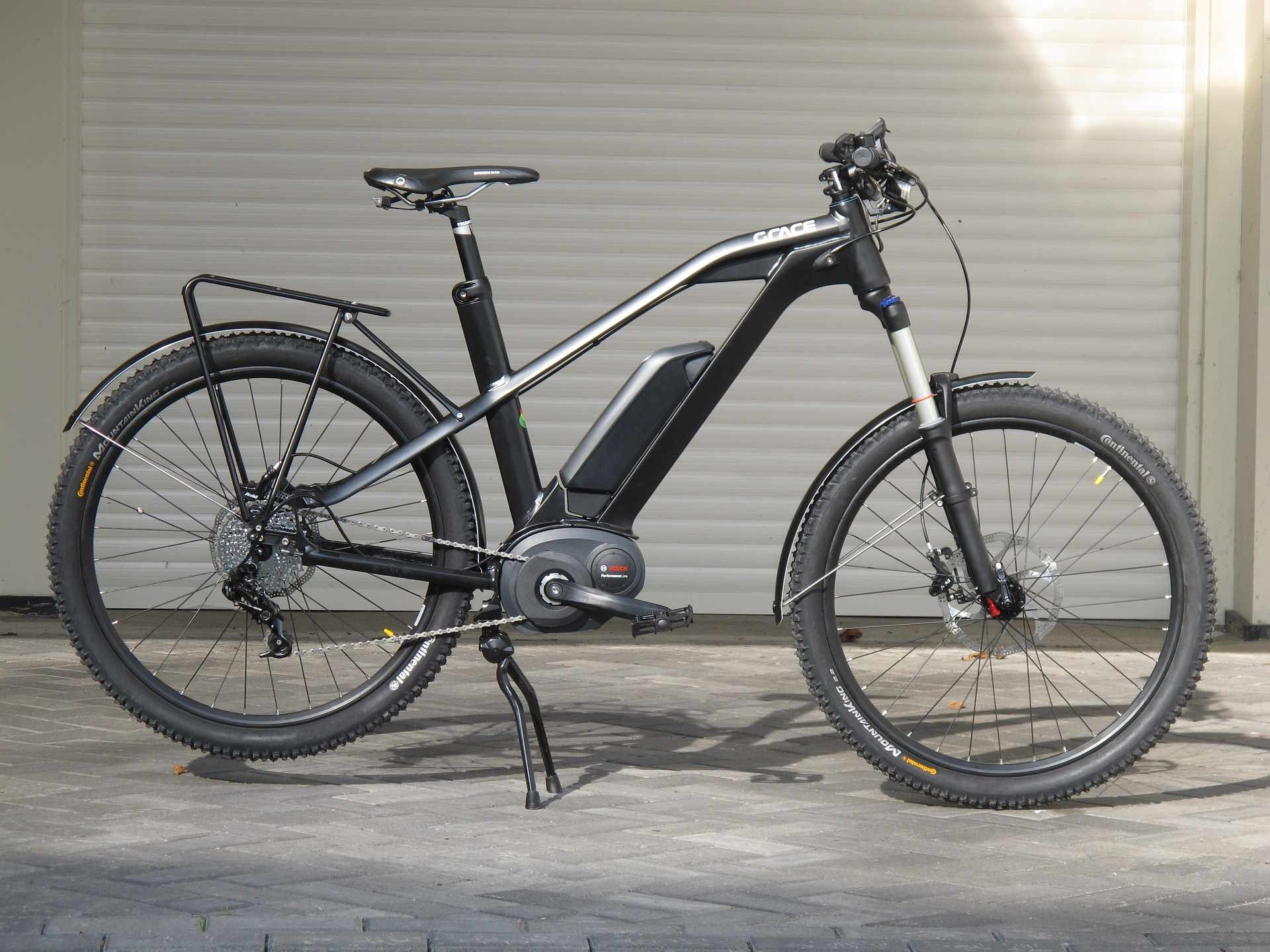Which e-bike brands are making a mark in terms of innovation and popularity?
The e-bike industry is expanding rapidly, with certain brands standing out for both innovation and consumer appeal. This guide highlights leading names in the sector, exploring their technological advances, design choices, and market presence. Readers will discover how established manufacturers and new entrants are redefining commuting, leisure, and utility cycling with features that combine performance, accessibility, and creativity.

What Innovative Features Are Driving E-Bike Adoption?
The surge in e-bike popularity can be attributed to several groundbreaking innovations that have made these vehicles more practical, efficient, and enjoyable. Battery technology has seen significant improvements, with many premium models now offering ranges exceeding 100 kilometers on a single charge. Manufacturers like Bosch, Shimano, and Brose have developed sophisticated motor systems that provide smooth power delivery and multiple assistance levels, enhancing the riding experience for users of all abilities.
Smart integration has become another crucial innovation driver, with many modern e-bikes featuring smartphone connectivity, GPS navigation, anti-theft systems, and diagnostic capabilities. These technological advances allow riders to track their performance, plan routes effectively, and maintain their bikes proactively. Brands incorporating these features are seeing stronger consumer engagement and loyalty as riders appreciate the added convenience and functionality.
Weight reduction represents another significant innovation area, with carbon fiber frames and lightweight components helping overcome the traditional heaviness associated with electric bicycles. Companies focusing on portable designs with folding mechanisms have opened the market to urban commuters with limited storage space, further expanding e-bike adoption among city dwellers.
Which Popular E-Bike Brands Show Strong Market Growth?
Several manufacturers have emerged as market leaders through their commitment to quality, innovation, and consumer needs. VanMoof, based in the Netherlands, has gained significant traction with its sleek, tech-forward urban e-bikes featuring integrated lights, automatic electronic shifting, and anti-theft technology. The brand’s distinctive frame designs and smart features have made it particularly popular among tech-savvy urban commuters.
Specialized, long established in the traditional bicycle market, has successfully transitioned into the electric space with its Turbo line. The company has leveraged its extensive dealer network and cycling expertise to create e-bikes that maintain the performance characteristics cyclists expect while adding powerful electric assistance.
Rad Power Bikes has disrupted the market with its direct-to-consumer approach, offering feature-rich e-bikes at competitive price points. Their focus on utility and affordability has resonated with practical-minded consumers looking for reliable transportation and cargo solutions. Similarly, Aventon has gained rapid market share by combining quality components with accessible pricing and stylish designs that appeal to younger riders.
What Differences Exist Between Premium and Value-Focused E-Bike Makers?
The e-bike market shows clear segmentation between premium and value-oriented manufacturers, each with distinct approaches to components, materials, and overall design philosophy. Premium brands like Riese & Müller and Stromer typically utilize higher-grade components including Bosch or Brose motor systems, Gates carbon belt drives, and integrated lights from premium manufacturers like Supernova. These bikes often feature advanced suspension systems, seamlessly integrated batteries, and sophisticated electronic features that contribute to prices frequently exceeding $5,000.
Value-focused brands such as Lectric eBikes and Ride1Up prioritize essential functionality while making strategic compromises to maintain affordability. These manufacturers might use hub motors rather than mid-drive systems, mechanical disc brakes instead of hydraulic ones, and simpler display interfaces. However, many have become adept at delivering impressive performance-to-price ratios by focusing on the elements that matter most to everyday riders.
The warranty and service infrastructure also differs significantly between these segments. Premium brands typically offer longer warranty periods and dealer-based service networks, while value-oriented companies may provide limited support through online channels. This distinction affects long-term ownership costs and should be factored into purchasing decisions.
How Do Design and Technology Shape Consumer Preferences?
Design aesthetics and technological integration have become powerful differentiators in the competitive e-bike marketplace. Contemporary consumers increasingly seek bikes that complement their lifestyle and self-image rather than merely providing transportation. Brands like Cowboy and VanMoof have capitalized on this trend with minimalist designs featuring cleanly integrated technology that appeals to design-conscious urban professionals.
The frame style significantly influences consumer choice, with step-through frames gaining popularity among urban commuters seeking convenience, while mountain bike-inspired designs attract those prioritizing versatility and off-road capability. Battery integration has evolved from bulky external packs to seamlessly incorporated power sources that enhance both aesthetics and weight distribution.
Technology preferences vary notably across consumer segments. While some riders prioritize straightforward, reliable systems with minimal complexity, others seek advanced features like automatic transmission, regenerative braking, and smart connectivity. Successful brands recognize these divergent needs and either specialize in serving specific segments or develop product lines addressing multiple preference profiles.
What Does the Future Hold for E-Bike Innovation and Competition?
The e-bike industry appears poised for continued innovation across several frontiers. Battery technology will likely see further advances in energy density, charging speed, and lifecycle durability. Several manufacturers are exploring alternative power sources, including hydrogen fuel cells and solar charging capabilities that could extend range and reduce environmental impact.
Integration with broader transportation ecosystems represents another promising development area. E-bikes with advanced connectivity may soon communicate with smart city infrastructure, enhancing safety and navigation while providing valuable urban planning data. Shared mobility platforms are increasingly incorporating e-bikes, suggesting potential growth in fleet-specific designs optimized for durability and ease of maintenance.
Competition is expected to intensify as traditional bicycle manufacturers continue expanding their electric offerings and automotive companies enter the space. This convergence of industries may accelerate innovation while putting pressure on specialized e-bike manufacturers to differentiate their products. Consumer benefits should include greater variety, improved technology, and potentially more competitive pricing as production scales increase and component costs decrease through broader adoption.
The regulatory landscape will significantly influence future development, with varying international standards potentially creating challenges for global manufacturers. Brands that can navigate these complexities while maintaining focus on consumer needs and technological advancement will likely emerge as long-term industry leaders in what promises to be a dynamic and expanding market.




